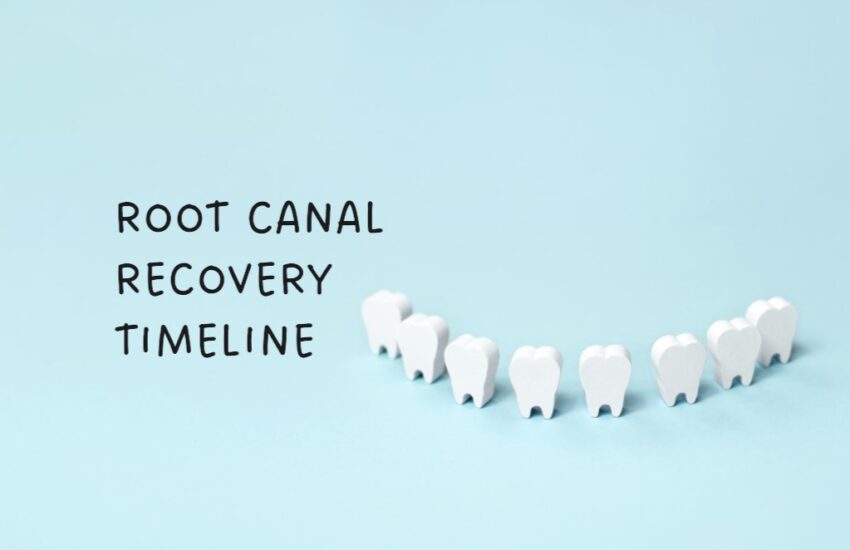Cavities on front teeth can significantly impact your smile and self-confidence. Left untreated, they can lead to excruciating pain and serious oral health problems. To save the affected tooth and alleviate discomfort, a root canal may be recommended by your dentist. The root canal procedure involves removing the infected or damaged pulp from the tooth, disinfecting the area, and sealing it to prevent further issues.
The Importance Of Root Canal Recovery
Post-procedure recovery is a crucial phase that requires attention and proper care to ensure successful healing and to avoid complications. Every patient’s recovery timeline can vary based on factors like the extent of the infection, individual health, and adherence to aftercare instructions. Understanding the root canal recovery timeline can help you better prepare for the healing process and relieve any anxieties about what lies ahead.
Immediate Aftermath: The First Few Hours
Right after the root canal procedure, you may experience numbness in the treated area due to the anesthesia used during the operation. It’s normal to feel some discomfort or tenderness in your jaw as the anesthesia wears off. During this time, it’s essential to refrain from eating until the numbness subsides to avoid accidentally biting your lips, cheeks, or tongue.
The First Few Days: Managing Discomfort
In the initial days following the root canal, you might encounter mild to moderate pain. Your dentist may prescribe pain medication or recommend over-the-counter pain relievers to manage the discomfort. Applying ice packs to the outside of your mouth can also help reduce swelling and soreness.
Protecting The Treated Tooth: Temporary Crown Placement
This temporary crown should be handled with care, and you should avoid chewing on hard or sticky foods that could dislodge it.
Oral Hygiene And Aftercare
Proper oral hygiene is crucial during the root canal recovery period. However, it’s essential to be gentle while brushing and flossing around the treated tooth to avoid irritation. Using a soft-bristled toothbrush and a non-alcoholic mouthwash can help maintain oral hygiene without causing discomfort.
Follow-Up Visits
Your dentist will schedule follow-up visits to monitor the healing progress and ensure the treated tooth is recovering as expected. These visits are essential for the dentist to assess the success of the procedure and make any necessary adjustments or further recommendations.
Long-Term Care: Placing The Permanent Crown
Once the tooth has healed, your dentist will replace the temporary crown with a custom-made permanent crown. The permanent crown not only protects the treated tooth but also restores its appearance and functionality.
Expectations For The Future: Maintaining Oral Health
Even after successful root canal treatment, maintaining good oral hygiene practices and visiting your dentist regularly for check-ups is essential to prevent further cavities and ensure the overall health of your teeth and gums.
Conclusion
Root canal procedures can be an effective solution to address cavities on front teeth and prevent the need for extraction. Understanding the root canal recovery timeline and knowing what to expect after the procedure is crucial for a smooth healing process. By following your dentist’s aftercare instructions and maintaining proper oral hygiene, you can look forward to a healthy, pain-free smile that lasts a lifetime. Always remember to consult your dentist if you have any concerns or experience unusual symptoms during the recovery period.
